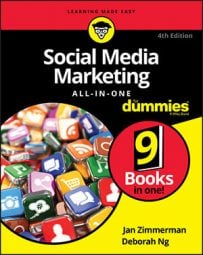Here are some best practices for using hashtags:
- Use hashtags sparingly. Too many hashtags hurt the eyes. Try for one or two — any more than three is too many and makes your update look cluttered and confusing.
- Hashtags should make sense. Don’t use a hashtag because it’s popular or trending. Use one that works with the content. The last thing your brand wants is to be accused of hashtag jacking, or spamming a hashtag with your irrelevant content.
- Hashtags are all one word. Avoid spaces and hyphens when using hashtags. They’re all one word, usually all lowercase.
- Do a search before using a hashtag. If you have a hashtag you want to use, do a search of that hashtag first. It could be in use or could have previously held inappropriate content.
- Don’t worry about uppercase or lowercase. Hashtags are usually all lowercase. Don’t worry about making sure words are separated by capital letters.
- It’s okay to use a unique hashtag. Don’t be afraid of making up your own hashtag. A unique hashtag can help your brand stand apart.

